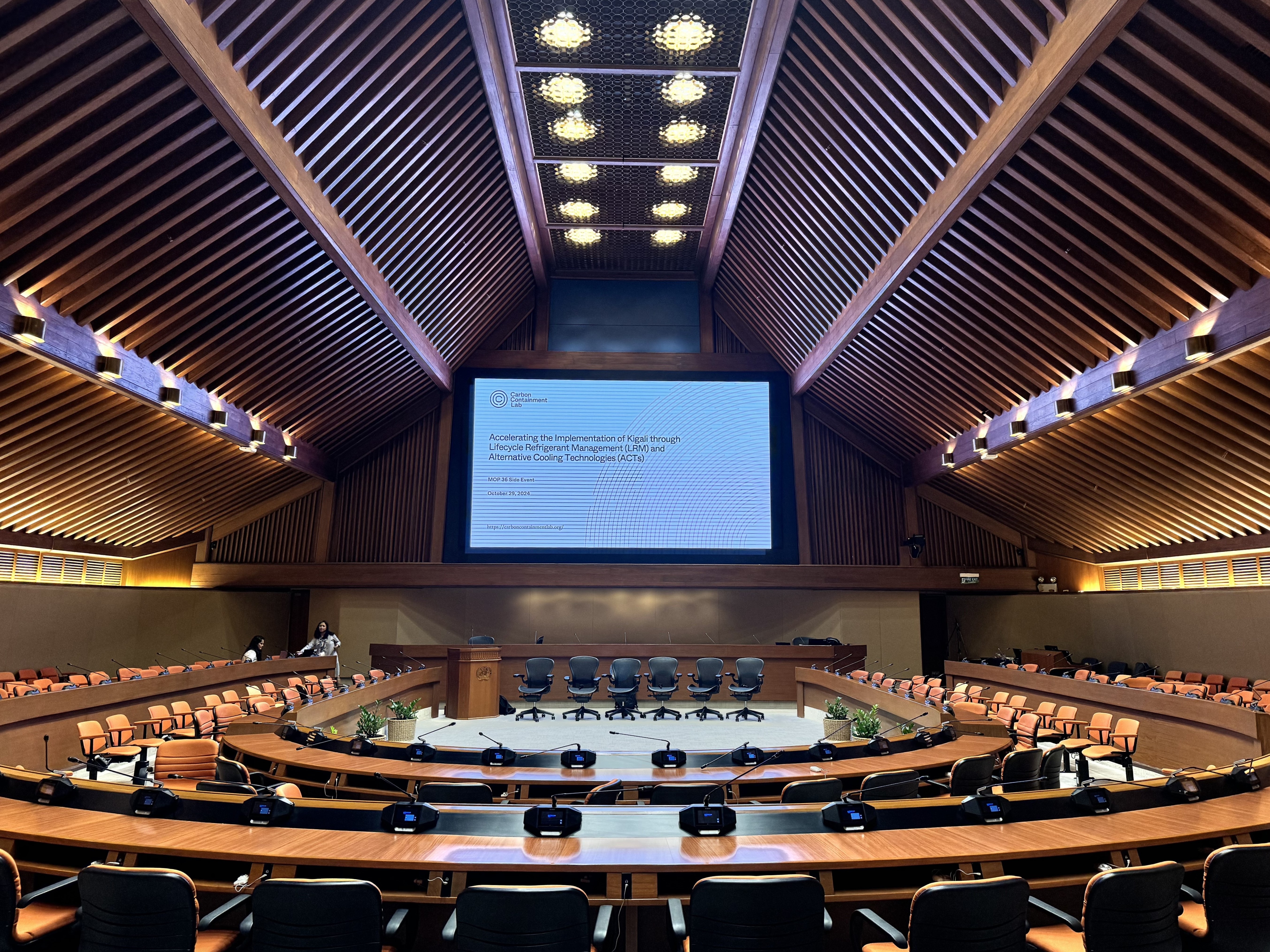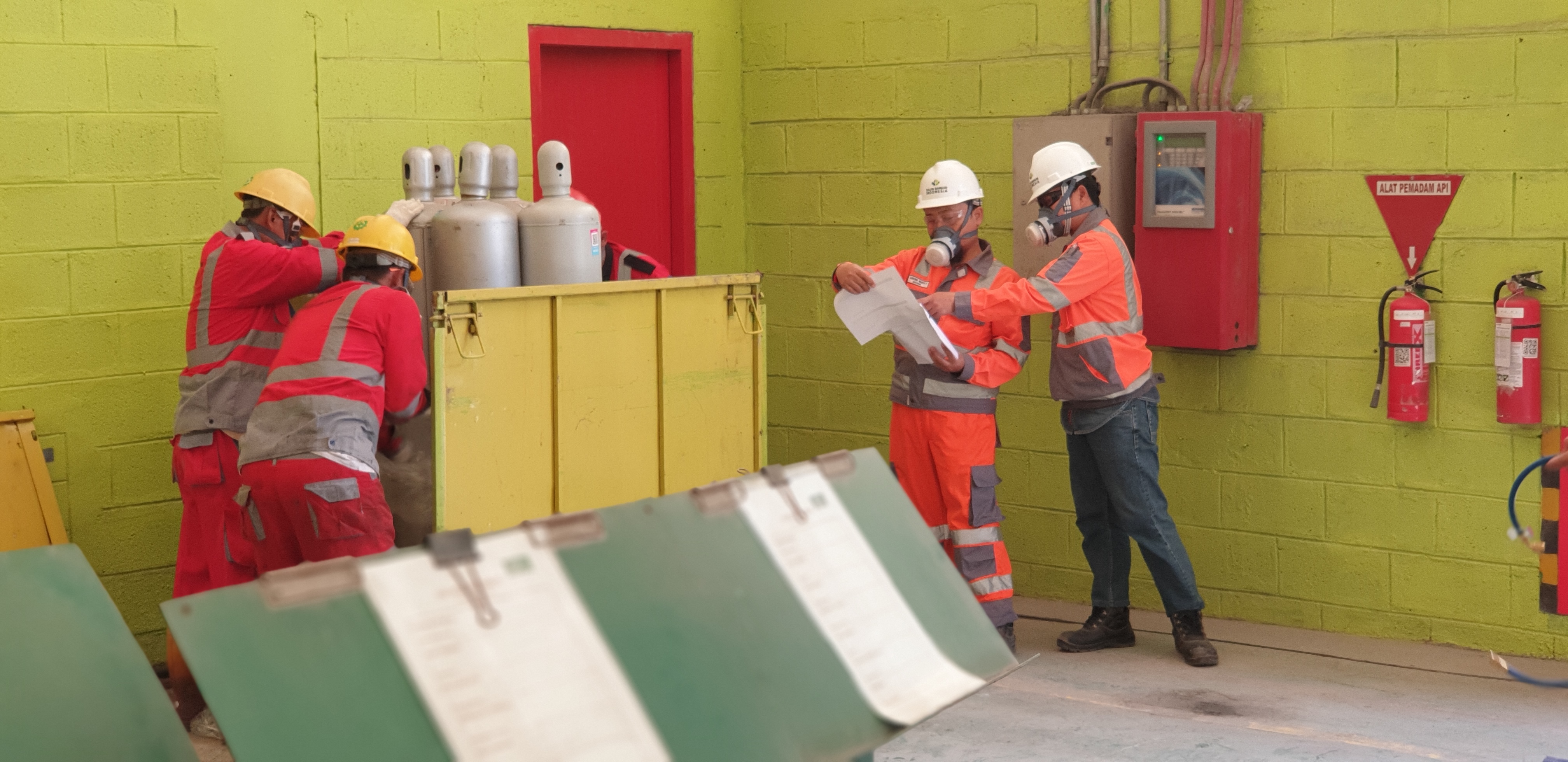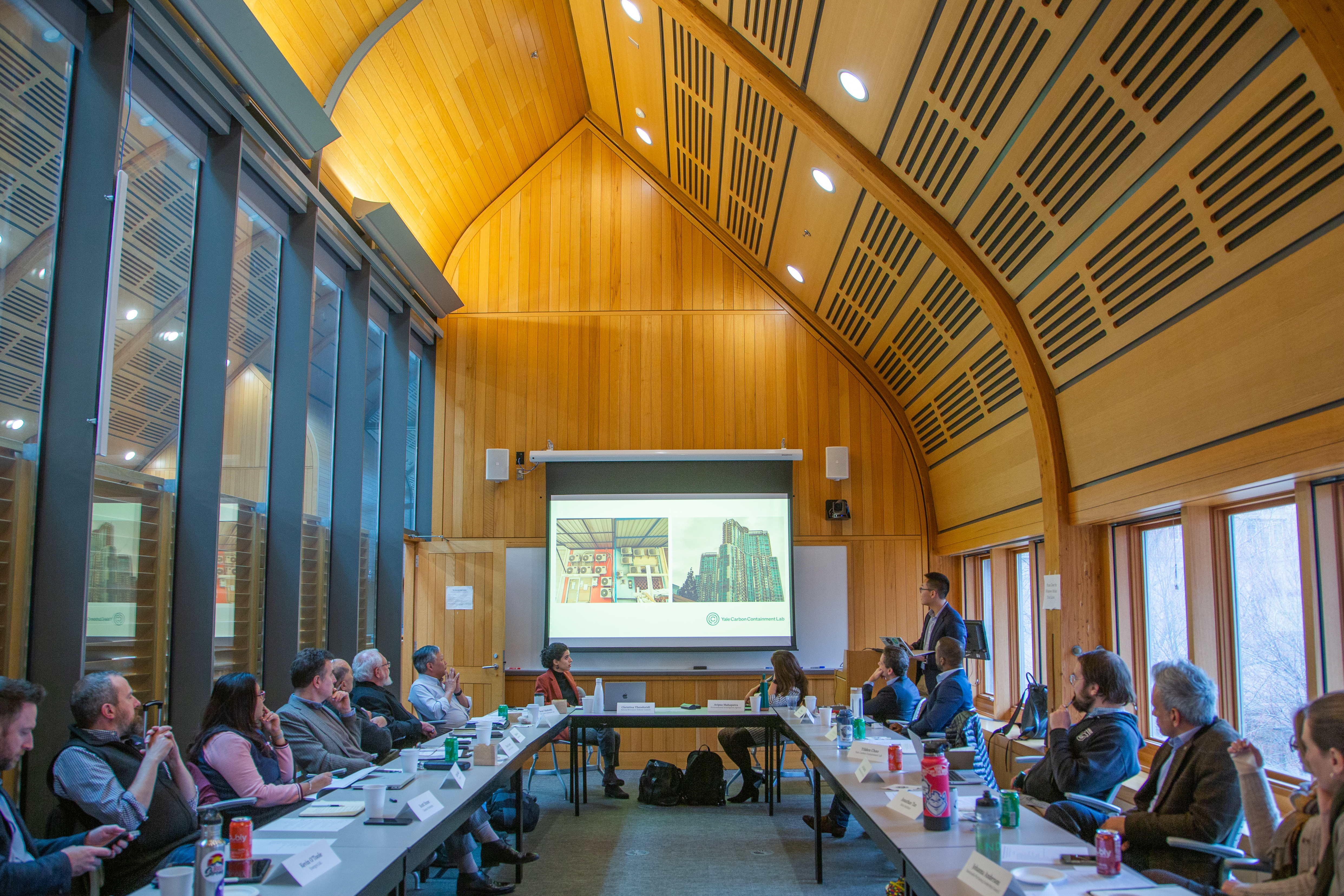As climate change worsens, the globe will increasingly rely on air conditioning to cope with extreme heat. Between now and 2050, approximately 10 air conditioners will be sold every second.
Cooling in a warming world poses a dual mandate: first, to ensure access to affordable cooling; and second, to reduce climate impacts from cooling equipment by improving energy efficiency and reducing emissions of highly potent refrigerant gases such as hydrochlorofluorocarbons (HCFCs) and hydrofluorocarbons (HFCs).
Most of our work involves improving the lifecycle refrigerant management (LRM) of ozone-depleting substances (ODS) and HFCs. The latter is among the fastest-growing greenhouse gases by emission in the world. LRM calls for a cross-cutting set of actions to reduce refrigerant emissions, such as leak detection and repair, refrigerant recovery and abatement, and sustainable procurement. We have a keen interest in utilizing financing mechanisms such as the voluntary and compliance carbon markets, the Montreal Protocol Multilateral Fund, and Article 6 of the Paris Agreement to scale refrigerant recovery and abatement activities, particularly in developing countries. We also have a policy advocacy strategy that aims to implement, defend, and improve policies that phase down and mitigate HFCs.
We also work with industry, government, and NGOs to harmonize refrigerant management and energy efficiency efforts, with the goal of maximizing the climate benefits of domestic and international environmental policies.
.jpg)


.jpg)


.jpg)


.jpg)

.jpg)